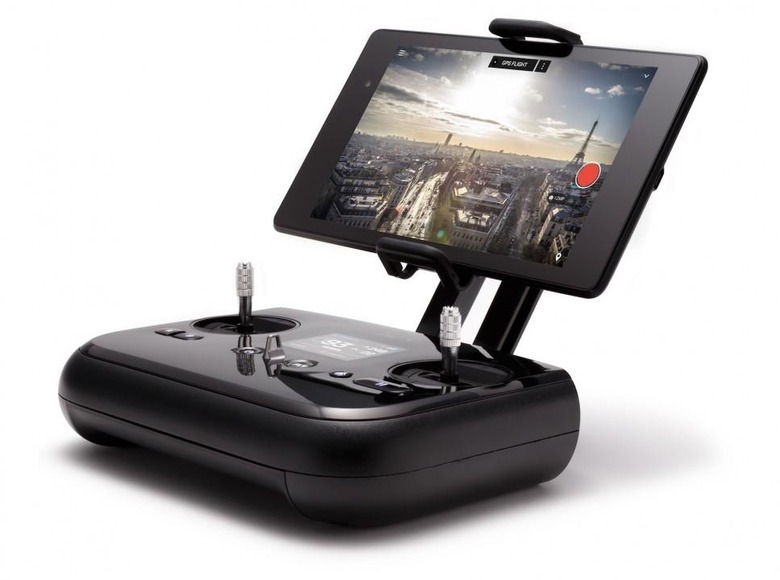Just How Likely Are Cars With Helper-Drones?
As arch-creator of concept car follies, Rinspeed is no stranger to outlandish designs, but just how practical is the drone-equipped Etos? The self-driving concept can deploy a similarly self-flying unmanned aerial vehicle (UAV) from a bay at the back, with a variety of potential uses that include delivering forgotten items or filming particularly interesting stretches of road.
"For example, it could fetch a bouquet of flowers the driver ordered online and even deliver it directly to the lucky recipient," Rinspeed suggests. "It could also take a video of the wild ride on the favorite fun road and stream it live to friends!"

The Etos isn't going to get anywhere near production, used instead as a four-wheeled billboard of sorts for the customization projects that actually pay Rinspeed's bills.
Nonetheless, it isn't the first firm to suggest pairing a car with its own pet drone. Last year, for instance, Renault brought its Kwid concept to the Delhi Auto Expo, a chunky little urban SUV with a landing pad for a companion UAV on the roof.
Like with the Etos, the Kwid's drone could be used for taking aerial photography, but it might also have a role in spotting traffic jams and other road congestion up ahead, the French firm theorized.

Modern drones have no issues with basic following, and indeed many – like DJI's Phantom 3 – can be set to automatically track their operators. That usually involves a fixed altitude, or a preset route, however, rather than the sort of dynamic flight that an application like the car companies have in mind would demand.
It's when things get unpredictable, according to 3D Robotics – which launched its own Solo smart drone earlier this year that promises easier GoPro shots courtesy of autopilot presets and a following mode – that the technology will need to raise its game.
"In short, yes, it is well within the realm of the possible to build a drone that can take off from a moving car, and then return to land, dock and recharge," company spokesperson Roger Sollenberger told me. "But as with any autonomous mobile technology, there are a number of problems to anticipate and solve before possible becomes practical. The anticipation is the important part, the unknown unknowns, etc."

Nonetheless, Sollenberger is confident that the tech side can mature sufficiently to meet the challenge. "[There] are some key technologies will preclude a lot of these issues," he explained, though whether they'll be practical is a separate question.
"Sense & avoid, so the drone will be able to navigate any obstacles in its path," Sollenberger lists, "the next generation of batteries, with more juice and a shorter recharging period; ground sensing (part of sense & avoid) so the drone would avoid things like [trying to follow a car through a tunnel]; air traffic control for drones, so that drones and other aircraft can 'deconflict' the airspace in real time as they fly; and of course, a regulatory framework – where and when can you launch from and land on your car? How fast can you go? – that can account for and incorporate new technology such as this."
"And this is the point where 'possible' and 'practical' meet, perhaps converge, perhaps not."
As for helping autonomous vehicles figure out what's happening on the route up ahead, even with their lofty perspective drones might not be the best source of information there.

Arguably more likely is a growth in car-to-car and car-to-X intercommunication, with autonomous and semi-autonomous vehicles effectively chatting between themselves and sharing real-time information on what hazards there might be around the corner. That data would have the benefit of tapping into the high-resolution radar, camera, IR, and other surveying data from the cars' own sensors.
It also saves you from worrying about mid-air drone collisions, or more mundane issues like running out of charge.
In short, while a flock of drones surrounding your car might make for a cool concept, for the moment the only eye-in-the-sky watching out for you is probably waiting to give you a speeding ticket.
